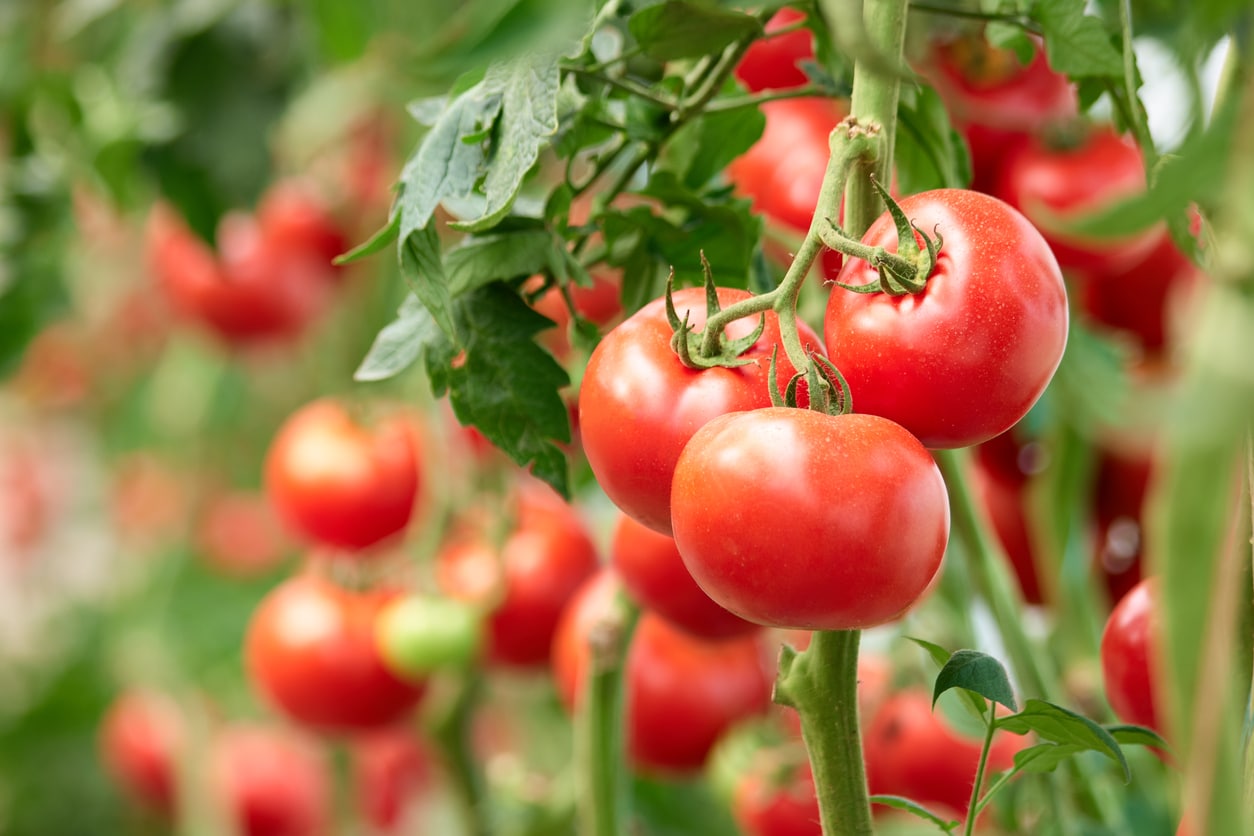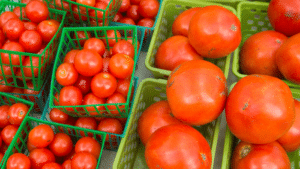Tomato industry could be on the brink of a harvesting transformation thanks to innovative varieties designed for mechanical picking.
For decades, Florida’s robust tomato industry has relied on manual labor for harvesting—a costly and labor-intensive process. However, with the advent of new machine-harvestable tomato varieties from the University of Florida Institute of Food and Agricultural Sciences (UF/IFAS), the future of harvesting looks promising and more efficient.
Jessica Chitwood-Brown, the tomato breeder at the University of Florida Gulf Coast Research and Education Center, emphasized the significance of these developments.
“Tomato harvesting is strenuous, manual labor, and not many people seek these kinds of jobs,” she noted in a UF/IFAS news release.
This challenge is not unique to Florida but globally affects agricultural industries.
The quest for mechanical solutions has been long-standing.
“We can see examples of the effort to mechanize and alleviate the pressure from the lack of labor in packing houses and other parts of the supply chain,” Chitwood-Brown explained.
She added that the field production and harvesting challenges are particularly acute.
Thanks to the efforts of former UF/IFAS tomato breeders Jay Scott and Sam Hutton, with Hutton releasing the hybrid cultivars last year, the industry is closer than ever to achieving mechanical harvesting. Chitwood-Brown, who completed her Ph.D. under Hutton’s supervision, highlighted the necessary traits for successful mechanical harvesting: tomatoes that do not need staking and feature jointless pedicels for easy detachment.
Michael Schadler, manager of the Florida Tomato Committee, shared the growers’ mixed feelings of hope and skepticism about the transition to mechanized harvesting.
“Everyone recognizes that it could help level the playing field vis-à-vis Mexico’s labor advantage,” Schadler said, acknowledging the economic factors at play. “If there is a reduction in yield from the mechanized production system, will the reduction in input and labor costs be significant enough to make the economics work? That’s a big if.”
As large-scale trials are set for this spring, the industry watches eagerly. The outcomes of these trials could dictate the future of tomato harvesting in Florida, promising not just efficiency but a potential shift in the entire agricultural paradigm. The machine-harvester prototypes, however, are slated for testing no sooner than next year, keeping the industry in suspense a little longer.













